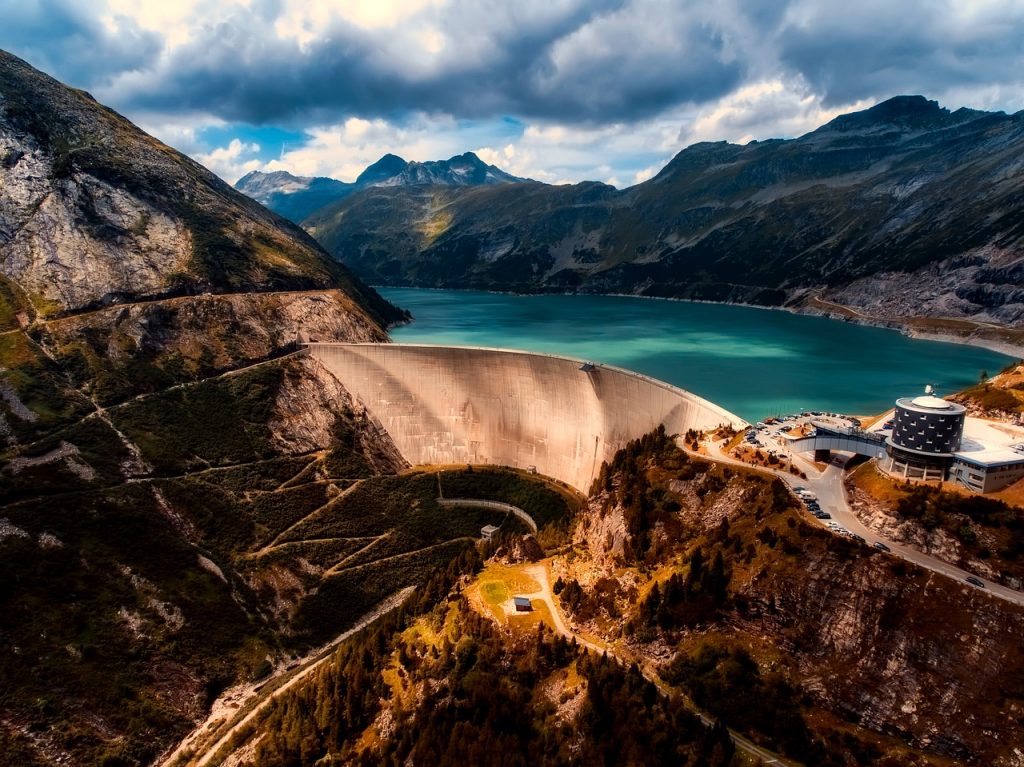
Every type of energy impacts our environment in some way. While fossil fuels (e.g. coal, oil, natural gas) do a lot more harm than renewable energy, there’s still an environmental impact of renewable energy. Typically this includes things like; air or water pollution, damaging public health, losing wildlife or their habitats, using water or land, and global warming.
There are many factors that go into determining how much and how significant the environmental impact of renewable energy is. These things include, things like; what technology is used and where the energy source is located. By understanding these things we can try to avoid, or at least reduce, the environmental impacts of renewable energy. For this reason, we must look at each renewable energy technology individually.
Wind Power
With the abundance of wind we have today, this is an inexhaustible, yet an affordable way of creating clean electricity. You never have to worry about toxic pollution or global warming emissions with this type of renewable energy. This is what makes wind power a practical, large-scale alternative to fossil fuels. However, wind turbines are loud and they do impact the environment in several ways, including:
- When bats or birds fly into them, they die.
- The wind turbines aren’t only loud, but they take up a lot of land.
Solar Power
The sun is another great source of clean, sustainable electricity. How the manufacturing of solar power impacts the environment depends on the technology used – whether photovoltaic (PV) solar cells or concentrating solar thermal plants (CSP). Both do have an impact on the environment. This environmental impact of renewable energy coming from the sun, includes:
- Habitat loss due to land use.
- The manufacturing process uses hazardous materials.
Geothermal Energy From Hydrothermal Plants
Most plants are located near geologic “hot spots.” These are areas where hot molten rock near the Earth’s crust produces hot water. Others are in areas where we must drill into the Earth’s surface to reach these geothermal resources. Once these resources are tapped into different types of technology, they are used to convert them into electricity. These include direct steam, flash, and binary processes. A cooling technology is also necessary and may either be water or air-cooled.
The environmental impact of renewable energy here depends on these various factors. However, you should know that the emission of carbon dioxide, hydrogen sulfide, methane, and ammonia do occur. While this is lower than with fossil fuels, it’s still present and does cause global warming.
Biomass for Electricity
Biomass power plants are somewhat like fossil fuel power plants. This is because both need a combustible raw material for the generation of energy. As such, the environmental impact of this type of renewable energy is like that of traditional fossil fuels – not same though. The main concerns include; air emissions and water pollution.
With biomass plants, the energy is sustainably produced. This is due to the fact that these energy generating sources include energy crops (e.g. switchgrass), agricultural waste, manure, forest products and urban waste. However, the creation and harvesting of these materials does significantly affect the area’s land. Life cycles are also affected by global warming emissions.
Hydroelectric Power
Hydroelectric power plants range in size, from huge dams to small run-of-the-river plants. While countries like China and Brazil continue building new facilities, the United States is simply increasing the capacity of the dams they already own. In either case, many experimental types of energy technology are used here.
While the environmental impact of renewable energy here hasn’t yet been observed, there are some potential impacts that have been projected. These include changing the environment, which affects the use of land. This affects both homes and natural habitats in the area where the dam is located.









